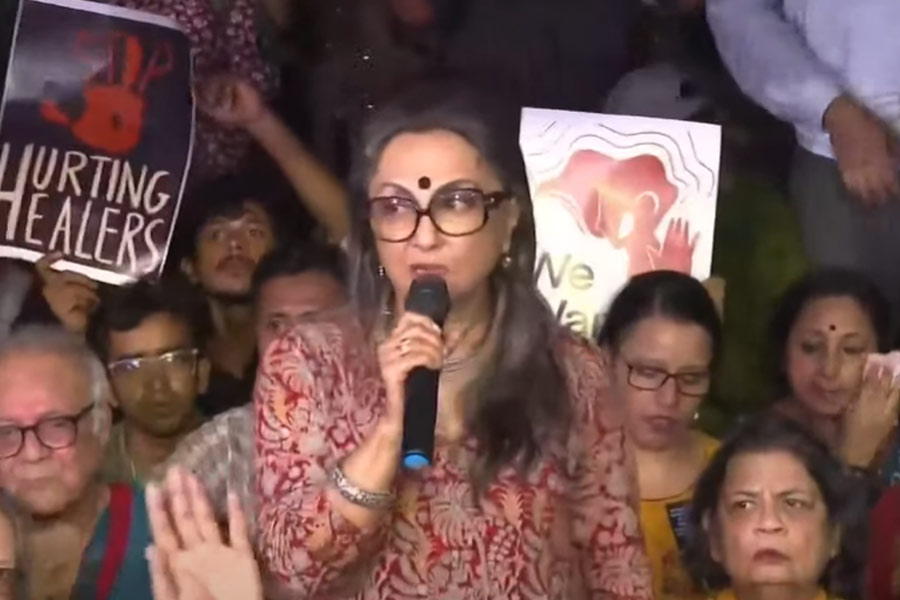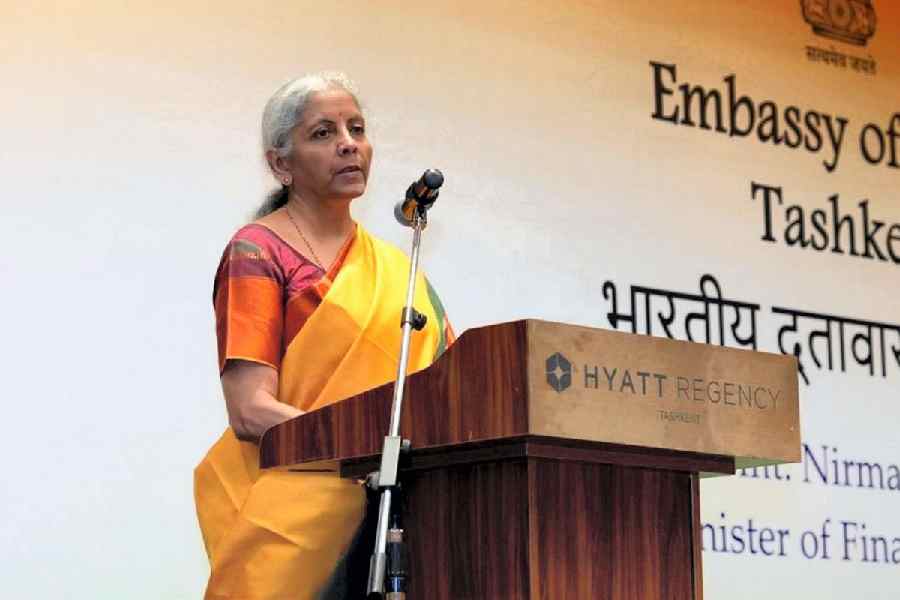Several relief camps in Manipur need pillows, sleeping mats, medicines and separate shelters for the ailing, differently-abled persons and pregnant women, volunteers have said, echoing an issue Rahul Gandhi had underscored during his visit to the state last week.
Lianzalal Vaiphei, convenor of the relief camps run by the Young Vaiphei Association (YVA) in Churachandpur district, listed the materials needed immediately.
“Although we are managing with the food supplied by the government, donors and the Church, we need pillows, sleeping mats, clothes, medicines and separate shelters for the ailing, the differently-abled, pregnant women and newborns. The displaced are sleeping on very thin cloth and most have little or no clothes to change because they fled with whatever they were wearing or could lay their hands on,” said Vaiphei told The Telegraph.
Around 15,000 internally displaced persons are taking shelter in 103 relief camps in Churachandpur district, one of the worst-hit by the violence in the state, along with Bishnupur, Imphal valley and Tengnoupal (Moreh) districts.
Vaiphei, who showed Rahul Gandhi around during his visit to the Churachandpur Government College relief camp, said the YVA was looking after 4,800 displaced people sheltered in eight camps, including the college camp.
The YVA camps have 22 pregnant women, 12 newborns and 19 who require medical attention. Overall, there are 50 differently-abled persons spread across the Churachandpur relief camps.
“We are having to keep them along with others by partitioning the rooms with clothes and plastic. This is not good for the ailing or the special persons or the other inmates owing to issues related to infection and hygiene. The ailing and the differently-abled cannot be shifted to hospitals here because they need special care and the hospitals are facing a shortage of staff and doctors,” Vaiphei said.
He said that for the shelters, only CI (corrugated iron) sheets for the roof are needed.
“We are ready to meet anybody who wants to help. We need around Rs 50,000 a day to run our eight camps smoothly but it will be difficult to sustain after one or two months,” Vaiphei said, expressing his gratitude to Rahul for his visit which he hoped will not only draw attention to the condition of the relief camps but will also help secure relief.
“We are very happy with his visit. People of Churachandpur were eagerly awaiting this visit by a senior political leader,” Vaiphei said.
Rahul had said before wrapping up his visit that basic amenities in the relief camps, from food to medicines, need to be improved. He had visited five relief camps -- two each in Churachandpur and Bishnupur and one in Imphal city.
An Imphal-based Church member, involved in the relief operations in both the hills and the valley, said the situation in the valley was better compared to the hills, mainly because of the cost of transportation of relief from Assam, Mizoram or Imphal and the blockades on the routes. However, the Kuki organisations on Sunday lifted the blockades on NH2 connecting Kangpokpi with Imphal.
Kim Kipgen, who hails from Kangpokpi district and runs an NGO, told this newspaper that medicines and doctors were “never” enough for the camps.
“We are always short of medicines. I am helping by arranging medicines for the affected and also trying to ensure that students get enrolled in schools and colleges. We urgently need medicines in our relief camps because we cannot afford to take the patients to private hospitals,” Kim said.
Kangpokpi district has 51 relief camps, sheltering 12,542 internally displaced people. The camps have 23 pregnant women and 87 lactating mothers.












